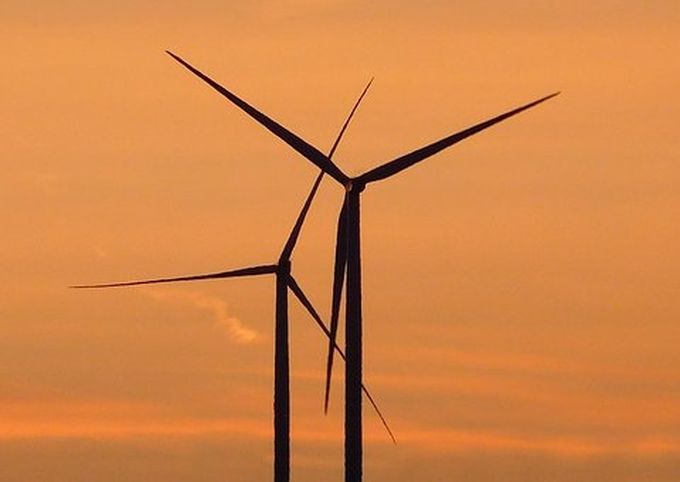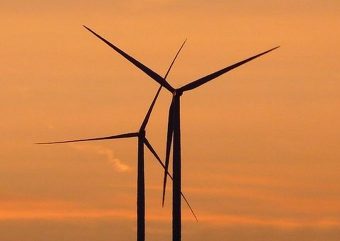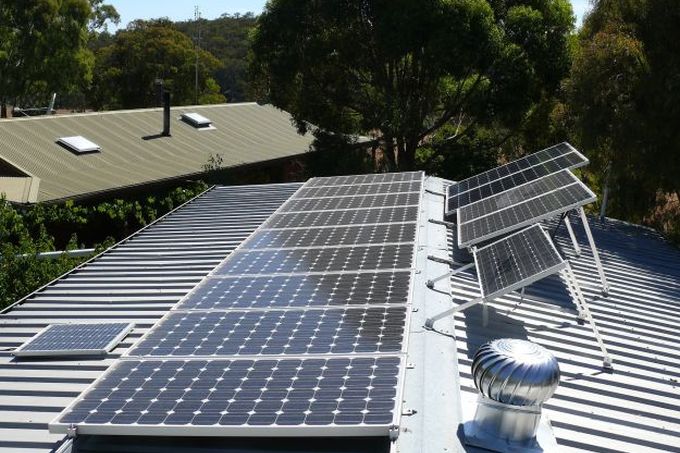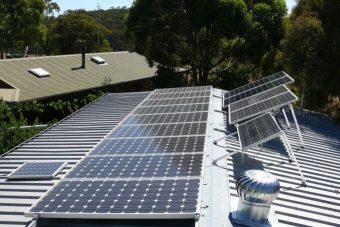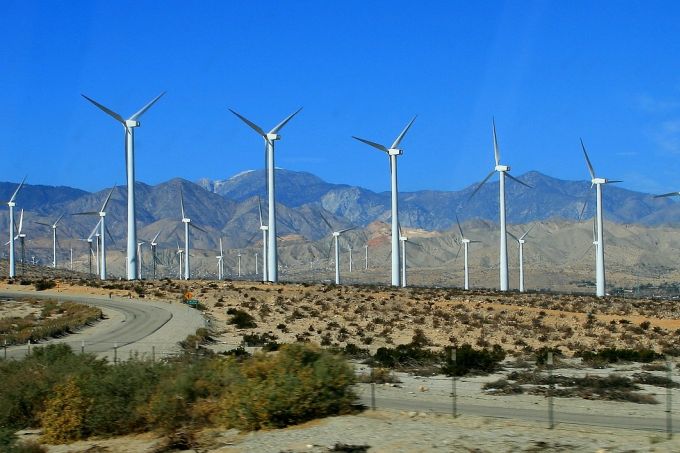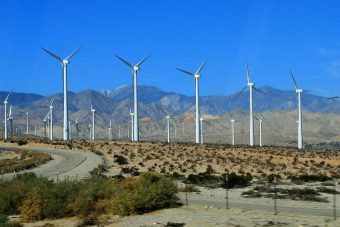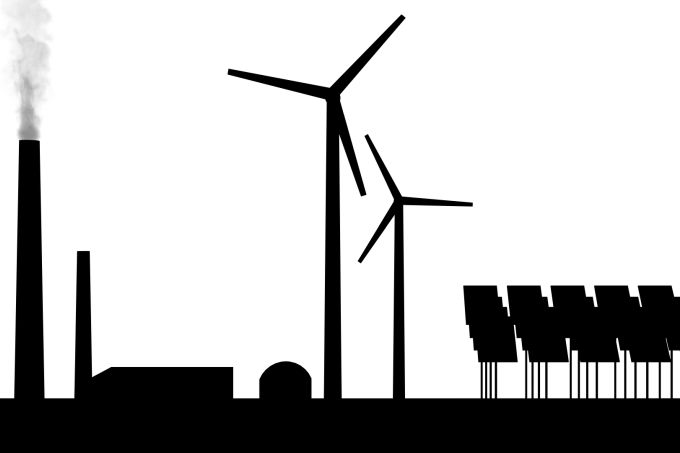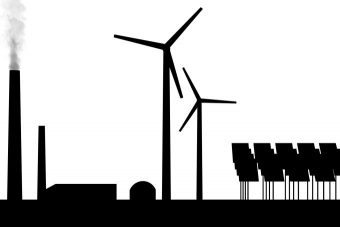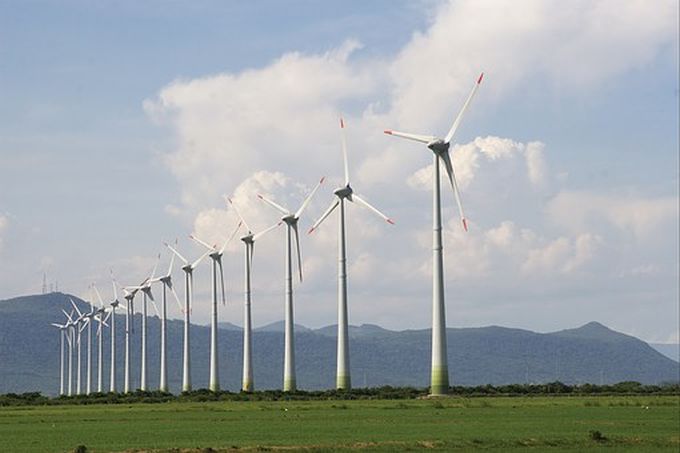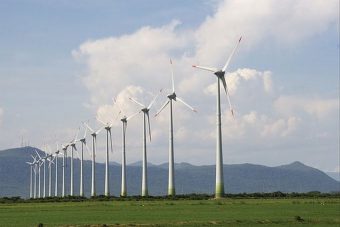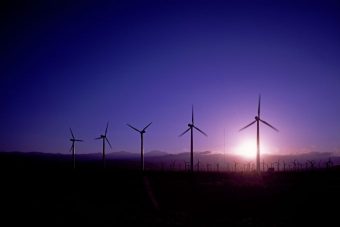
As India moves towards competitive auctions and away from incentives, companies that do not engage in renewable energy generation as their core business are now looking to offload these assets.
According to recent media reports, around 3,000 megawatts of wind energy capacity is up for sale in India as the central government has either reduced the quantum of financial benefits or completely ceased in some cases. Now, companies which had made investments in setting up wind energy projects with the purpose of reaping tax benefits and generating additional revenue are looking to sell these assets.
Wind energy developers used to get two incentives — accelerated depreciation and generation-based incentive — which played a critical role in the growth of the wind energy sector in India and making it the largest contributor in the renewable energy sector.
From 1 April 2017, accelerated depreciation has been reduced from 80% to 40%. Through this incentive, project developers can claim higher tax deductions on revenue generated from wind energy projects. A number of non-power companies invested in wind energy projects to avail tax incentives under this scheme. Such companies are now looking to sell these plants off.
A generation-based incentive expired on 31 March 2017. Under this program, wind power generators received Rs 500/MWh ($7.8/MWh) in addition to the feed-in tariff.
The recent shift towards competitive auctions has also put doubts on the future of non-power companies in the sector. States like Karnataka, Andhra Pradesh, and Gujarat have refused to sign power purchase agreements under the feed-in tariff programs with wind projects ready to be commissioned.
These developments were a direct result of the first-ever wind energy auction in the country that took plans in February earlier this year. A total of 1,050 megawatts of wind energy capacity was auctioned at a record low tariff bid of Rs 3.46/kWh (5.2¢/kWh).
Source: cleantechnica.com


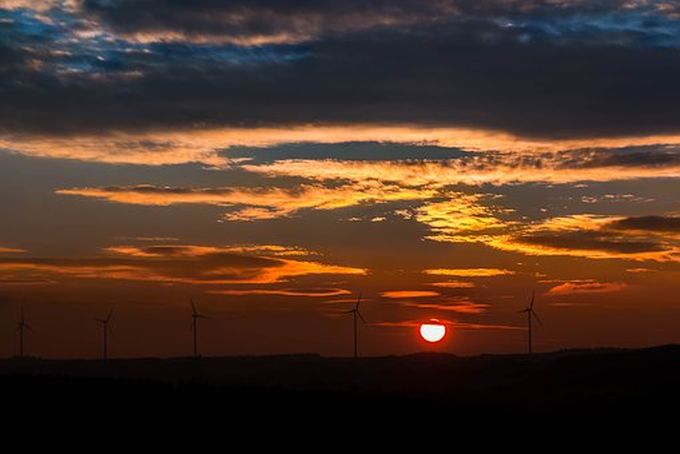
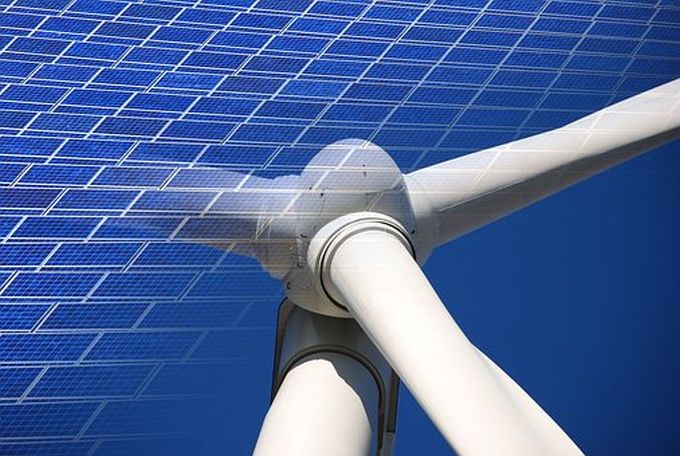
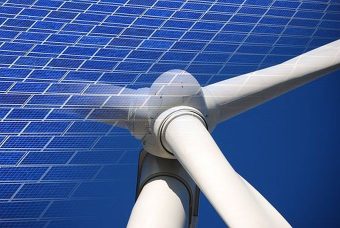

 The analytical team of Vostock Capital has prepared a report on investment projects for the construction and modernisation of
The analytical team of Vostock Capital has prepared a report on investment projects for the construction and modernisation of 